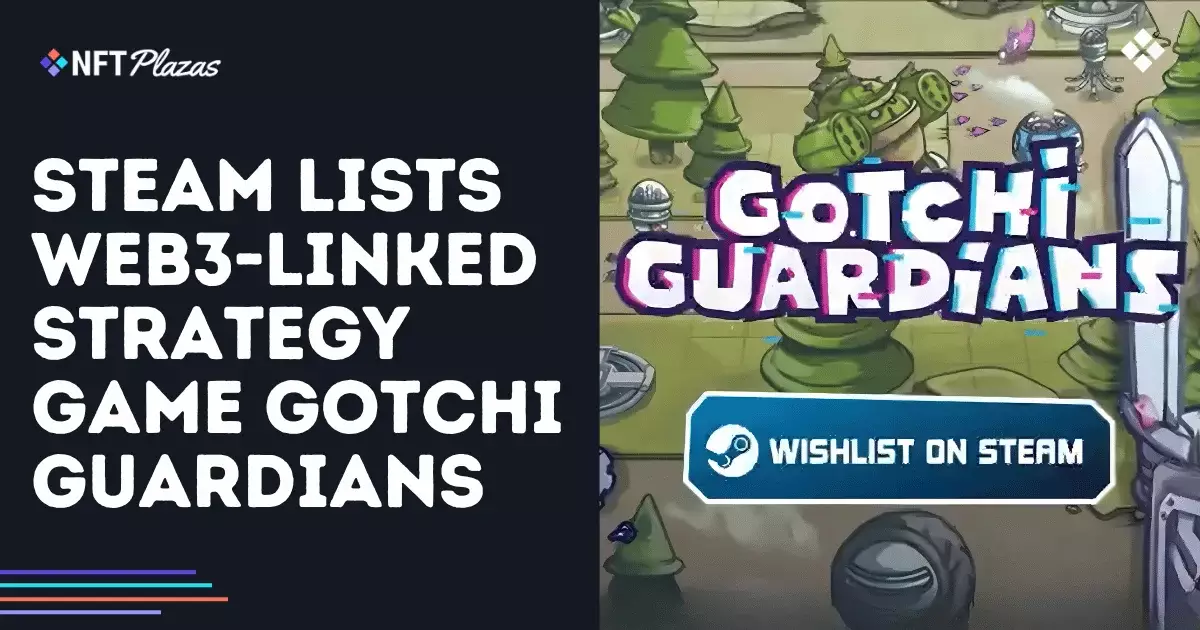The recent arrival of Gotchi Guardians on Steam, developed by Pixelcraft Studios, exemplifies a recurring pattern in the gaming industry: the superficial integration of blockchain technology and NFTs as a clever marketing strategy rather than a genuine leap forward. While the game presents as a traditional multiplayer tower defense title, the inclusion of NFT skins and crypto transactions is more a calculated attempt to capitalize on the crypto hype rather than a meaningful enhancement of gameplay. The core mechanics – wave survival, character abilities, and roguelite elements – are familiar enough; the blockchain features are cosmetic tokens and optional payments masked as “innovative” add-ons. This superficial use of blockchain disorients gamers, conflating technological progress with financial gamification, and ultimately detracts from the immersive core experience that good games should prioritize.
The Reality Behind Blockchain in Games
Much of the fanfare surrounding Games with NFT elements is exaggerated, and for good reason. The notion that integrating blockchain creates true ownership or benefits for players is largely a myth. In Gotchi Guardians, owning NFTs merely grants cosmetic overlays, not actual gameplay advantages—an important distinction that should have been made clearer. The step towards incorporating crypto payments and NFT skins in gaming often serves to lure investors and speculators rather than cultivate a genuine gaming community. These features proliferate in a way that complicates the user experience, often causing confusion or frustration, especially for gamers unfamiliar with blockchain technology. Rather than enriching the gaming experience, these integrations seem primarily designed to create new revenue streams for developers and platforms, risking alienation of core gamers who seek fun and engagement, not financial speculation.
The Economic Implications and Ethical Concerns
From an economic perspective, the emphasis on NFTs and crypto transactions risks entrenching a speculative environment within gaming communities. Players can buy cosmetic NFTs with $GHST, but these are purely superficial—they do not elevate gameplay nor provide tangible in-game benefits. This model can foster a marketplace driven by exclusivity, scarcity, and artificial value—all security risks for consumers. Additionally, the use of blockchain raises ethical questions about environmental impact and consumer protection. Blockchain transactions, especially on networks like Base, involve energy consumption and potential regulatory challenges that could threaten gaming as a space designed for entertainment, not investment. Responsible gaming should prioritize player experience over financial manipulation, a concept that seems increasingly sidelined in the push for NFT integration.
The Future of NFT Games: A Center-Right Perspective
From a pragmatic, center-right liberal standpoint, the idea of mixing blockchain with gaming meshes poorly with core values of consumer fairness and innovation driven by genuine quality. Gaming should evolve around richer, more engaging gameplay—something blockchain and NFT features often distract from. Yet, there is a silver lining: the support for optional cosmetic NFTs in Gotchi Guardians suggests a cautious approach. It allows players to choose whether to engage without forcing investments into game mechanics. This voluntary feature can be acceptable if implemented with transparency and respect for players’ preferences. However, the broader industry must resist the temptation to conflate novelty with value, ensuring that technological advancements serve to improve, not complicate or commodify, the essence of gaming. Proper regulation and a focus on player-centric design are essential to keep gaming accessible, fair, and rooted in genuine entertainment—values that blockchain integration too often neglect.

